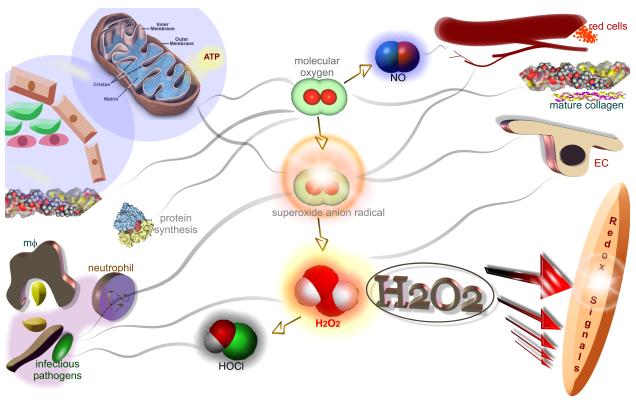Figure 1. Significance of molecular oxygen and its derivatives in wound healing.
In its molecular form, oxygen is required for oxidative metabolism derived energy synthesis, protein synthesis and the maturation (hydroxylation) of extracellular matrices such as collagen. Molecular oxygen is also required for NO synthesis which in turn plays a key role in the regulation of vascular tone as well as in angiogenesis. In a wound setting, large amounts of molecular oxygen are partially reduced to form reactive oxygen species (ROS). ROS includes oxygen free radicals such as superoxide anion as well its non-radical derivative hydrogen peroxide (H2O2). Superoxide anion radical is the one-electron reduction product of oxygen. NADPH oxidases represent one major source of superoxide anion radicals at the wound-site. NADPH oxidases in phagocytic cells help fight infection. Superoxide anion also drives endothelial cell signaling such as required during angiogenesis. In biological tissues, superoxide anion radical rapidly dismutates to hydrogen peroxide-either spontaneously or facilitated by enzymes called superoxide dismutases. Endogenous hydrogen peroxide drives redox signaling, a molecular network of signal propagation that supports key aspects of wound healing such as cell migration, proliferation and angiogenesis. Neutrophil-derived hydrogen peroxide may be utilized by myeloperoxidase to mediate peroxidation of chloride ions resulting in the formation of hypochlorous acid (HOCl), a potent disinfectant.

